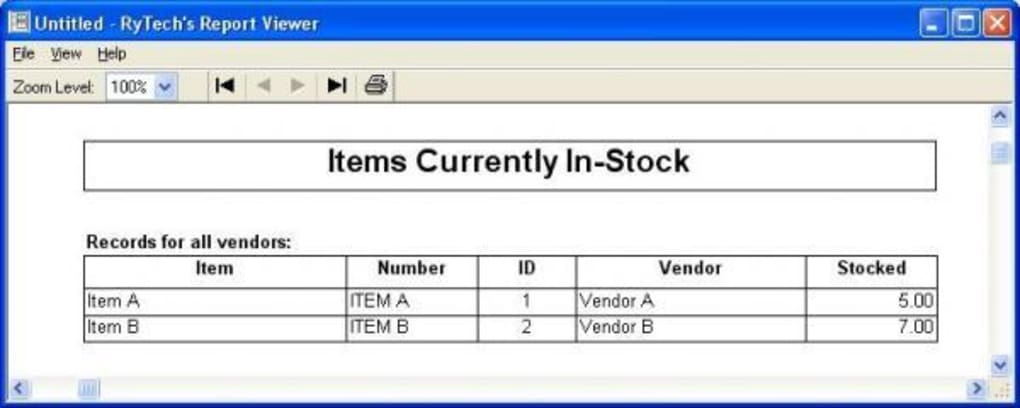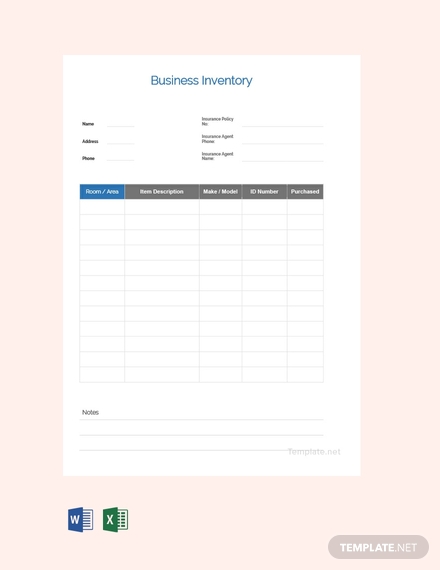
#INVENTORY FOR SMALL BUSINESS SOFTWARE#
Demand planning software helps small businesses develop accurate demand forecasts regardless of the inventory strategy used. Use Demand Planning SoftwareĪll the available inventory strategies depend on demand and demand forecasting. The software will help small businesses rank their ABC inventory based on error-free data. One example would be low-margin goods with high material costs over better margin performing goods. Analysis of data may reveal insights that eliminate human bias. Here, goods can be ranked by cost, profitability, and demand so a company can prioritize what raw materials to buffer. Because flexible cloud-based software allows small businesses to get tighter control over their business processes, they can use it to conduct valuable ABC analysis. Small businesses should understand which products they should prioritize for maximum profit. If one person receiving a pallet of 40 components counts them as 40 units, and another counts the 40 as one item in a transaction, then on-hand stock can get out of hand quickly. Just because a company is small doesn’t mean it shouldn’t have standardized processes. High performers can become strong partners, while lower-performing vendors may need replacing or backing up due to quality or reliability issues.

Vendors should be evaluated for quality, delivery performance, transparency, and other considerations.
The lowest cost for material is not always best. With robust software, even small companies can conduct perpetual inventory auditing that ties directly to cost. Even the most straightforward inventory management software (IMS) will help keep track so delivery dates are not missed.
#INVENTORY FOR SMALL BUSINESS MANUAL#
Manual auditing is error-prone and easy to lose track of. Small businesses often lose control of what’s in stock. It will impact cost and keep you in compliance with products that are regulated. From purchase to receipt and warehousing and through production, material costs, lot information, and other data should be tracked. Track Raw MaterialsĪll materials and components should be tracked. Once an inventory strategy has been determined, several tips can come in handy for inventory management. 6 Tips for Inventory Management for Small Businesses It, too, relies on demand forecasting and is focused on lowering overhead and operational costs. Just in Time (JIT)Ī mature strategy within Lean companies, JIT counts on well-planned raw materials on hand to produce goods quickly as the order comes in. The caveat is that the demand forecast must be accurate. This strategy allows companies to reduce operating costs as they can manufacture goods in larger lots. Push strategies reach further into product demand to deploy demand forecasting. However, spikes in demand can lead to stock outs. If the product manufactured has immediate and accurate demand, companies can tightly control inventory costs. Pull strategies are based on well-defined demand from customers. There are three basic inventory strategies: Pull


It should also be geared towards its financial position and be designed to use the least cash possible while ensuring that orders can be filled. A strategy should be chosen that best fits the company’s business model. Inventory management solutions for small businesses will depend on the type of inventory strategy a company uses. What Does a Small Business Inventory System Look Like? Cloud-based small business inventory management systems are agile, flexible, and at or near real-time, helping small businesses manage their inventory and avoid tying up valuable cash flow dollars. Today, small business inventory control can be done cost-effectively and on par with larger competitors’ quality of inventory management systems. That’s because inventory management systems and software were originally on-premises systems that required a significant investment in licenses, upgrades, server and distribution infrastructure, and IT skills. Small businesses have traditionally had a disadvantage in automation and software compared to larger competitors.


 0 kommentar(er)
0 kommentar(er)
